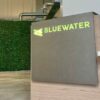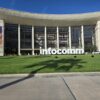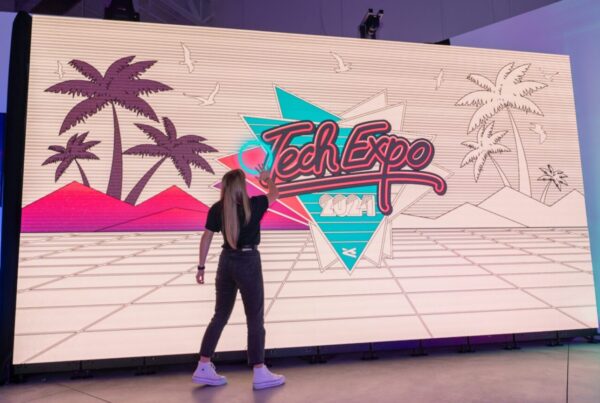The power that design holds in experiential space creation really can’t be understated. Many times it’s at the core of what gives a space it’s character and establishes an emotional connection with people. This shows how different design elements can be used to alter environments in a big way.
Since design and creative are broadly used terms, we need to clarify what we mean in the context of elements for experiential spaces. Today we’re specifically referring to static content and motion visuals. These tactical options are simple yet effective means of transformation and can leave lasting impressions if done right.
Take a look at how these two elements can play out in practice, and how these different creative approaches turn otherwise drab environments into interesting physical spaces.
Static Graphic
Static graphics can enhance the user experience by incorporating interior design with architectural design, audiovisual technology, or both. A built environment that combines these design elements effectively will surely make for a truly memorable experience.
Vinyl graphic application in casino staircase (via Fathead Pro).
The Gameboy conference room at Bluewater. (via Shades)
Motion Visuals
Motion visuals can immediately draw attention to pop-up activations, retail spaces, product showrooms, or any experience design space really. With modern technological advancements in displays and signage, environmental graphics have never been better.
Architecturally integrated LED with ambient visual content.
Projection and video used to bring life to a hallway.
If you’re looking to transform an ordinary space into an extraordinary one, hit the contact button below. Our audiovisual design firm is happy to review the various options and provide recommendations that make sense for you! Reach Out to create a unique sensory experience that will elevate your brand!











